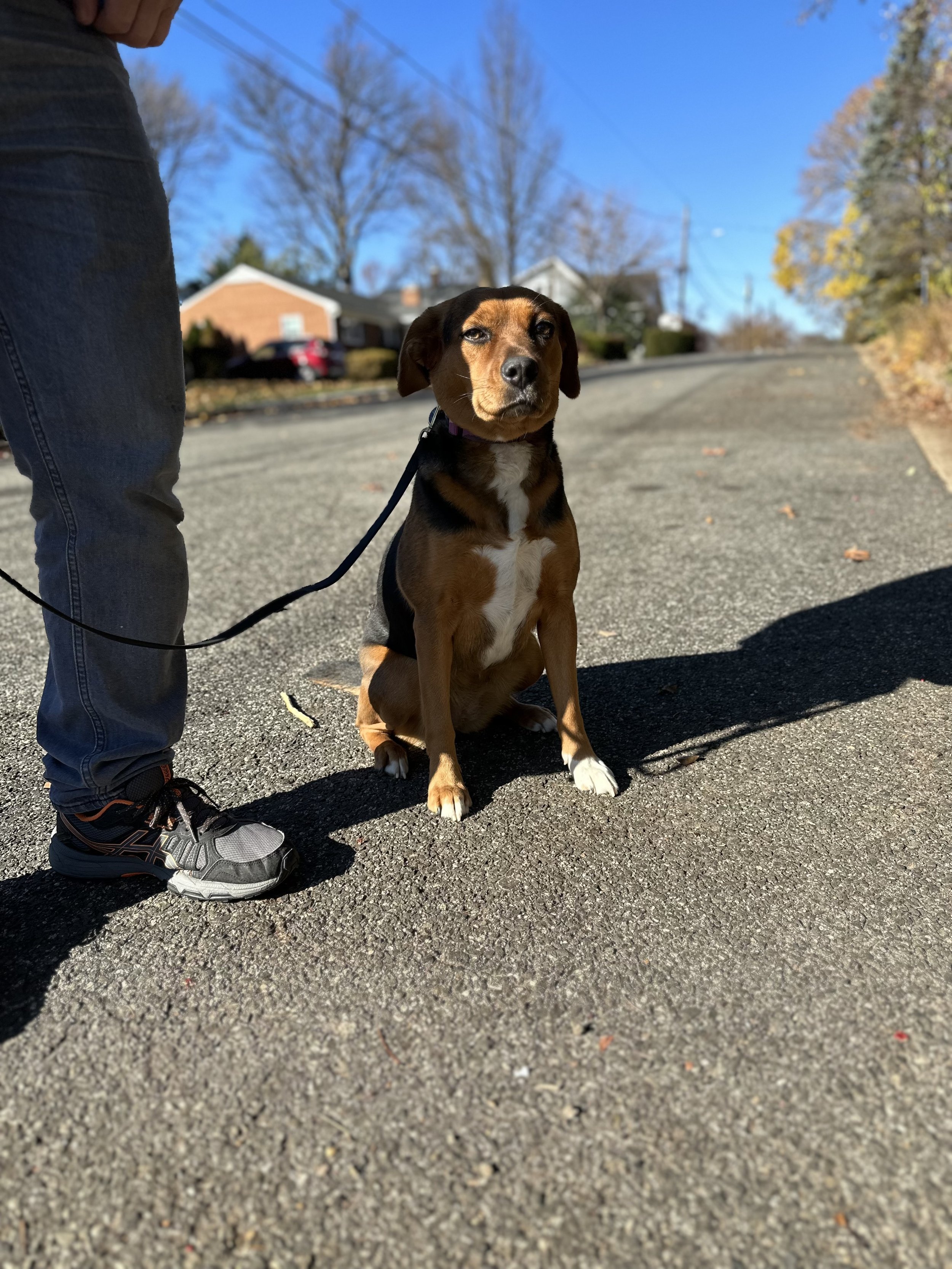Basic Husbandry for Caring for a Dog
Caring for a dog involves several aspects of basic husbandry to ensure their health, comfort, and overall well-being.
1. Grooming:
- Brushing: Regular brushing is not just about keeping your dog looking good; it plays a crucial role in maintaining their skin and coat health. Brushing removes loose fur, dirt, and debris, prevents matting, and stimulates blood circulation. It's also an excellent bonding activity between you and your furry friend. Short-haired dogs may benefit from a rubber brush or grooming mitt, while long-haired breeds require more specialized brushes such as slicker brushes or undercoat rakes.
- Bathing: Bathing your dog is essential to keep them clean, but be mindful not to overdo it. Use a mild dog shampoo and ensure thorough rinsing to avoid skin irritation. The frequency of baths depends on your dog's breed, lifestyle, and individual needs.
- Ear Cleaning: Ears are prone to wax buildup and infections, so regular checks and gentle cleaning with a veterinarian-approved ear cleaner are essential. Be cautious not to insert anything into the ear canal. If you notice redness, swelling, or a foul odor, consult your vet.
- Nail Clipping: Regular nail maintenance is crucial to prevent overgrowth, which can lead to discomfort and difficulty walking. Use proper dog nail clippers or a dremel, and be careful not to cut into the quick. If you're unsure, seek guidance from your veterinarian or a professional groomer.
2. Dental Care:
- Teeth Brushing: Dental health is often overlooked but is vital for your dog's overall well-being. Brush your dog's teeth regularly using a dog-specific toothbrush and toothpaste. Start slowly, making the experience positive with rewards. Dental chews, natural bones, and toys can also contribute to good oral hygiene.
3. Coat Maintenance:
- Combing: Regular combing is especially important for long-haired breeds. Use the appropriate comb for your dog's coat type, starting from the ends and working your way to the roots. Pay attention to areas prone to matting, such as behind the ears, under the legs, and around the neck.
- Trimming: In addition to routine brushing, some dogs may need occasional trimming to maintain a tidy appearance. This is particularly true for areas around the eyes, ears, paws, and the sanitary region. If you're unsure about the technique, consult a professional groomer.
4. Health Checkups:
- Regular veterinary checkups are essential for preventive care. Your vet can monitor your dog's overall health, administer vaccinations, and catch any potential issues early. Keep an eye on changes in appetite, energy levels, urine, feces, and behavior, and communicate any concerns to your veterinarian promptly.
5. Nutrition and Hydration:
- Proper nutrition is the foundation of your dog's health. Consult your veterinarian to determine the best diet for your dog based on factors like age, size, breed, and activity level. Ensure access to clean, fresh water at all times.
6. Exercise and Mental Stimulation:
- Regular Exercise: Dogs need both physical and mental exercise. Regular training walks, structured play sessions, and other cooperative activities contribute to their overall well-being. Adjust the intensity and duration based on your dog's age, breed, and health status.
- Obedience Training: Beyond just commands, obedience training establishes communication between you and your dog. It enhances their mental sharpness and reinforces good behavior.
- Trick Training: Teaching tricks not only entertains but also engages your dog's problem-solving abilities. Break down tricks into manageable steps, be patient, and reward successes. This boosts their confidence and strengthens the bond between you.
7. Training and Socialization:
- Basic Commands: Basic obedience commands such as sit, stay, come, and down are not just for convenience but also for safety. Training should be positive, rewarding good behavior and correcting unwanted behavior.
- Socialization: Early and ongoing socialization is crucial for a well-adjusted dog. Expose them to various people, animals, and environments to prevent fear and aggression issues. Working them through issues during the socialization period helps build their confidence in themselves and in you.




